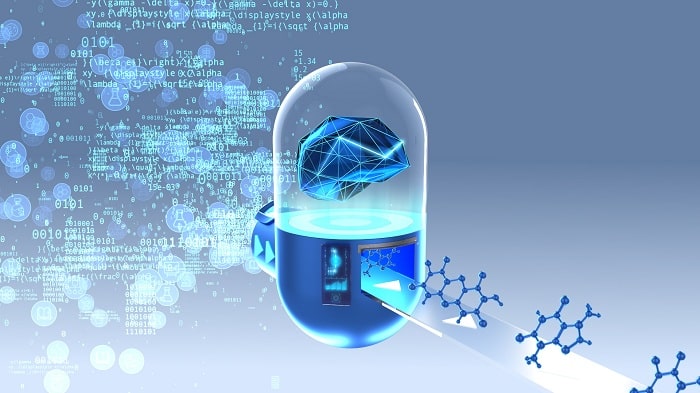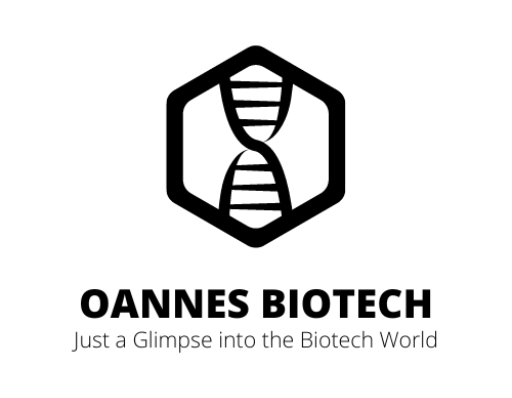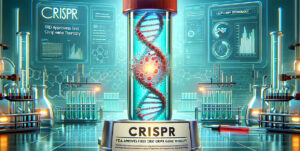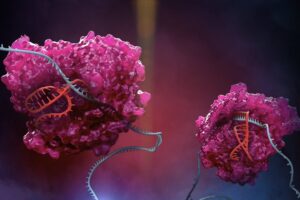In a groundbreaking development, a team of scientists have discovered a new class of antibiotics using artificial intelligence, marking the first such breakthrough in over six decades. This momentous achievement stems from the recent publication of the paper titled “Discovery of a Structural Class of Antibiotics with Explainable Deep Learning.” The findings promise to be a precious tool for addressing the growing global challenge of antibiotic resistance.
The Antibiotic Crisis
The rise of antibiotic-resistant bacteria poses a severe threat to public health worldwide. With traditional methods of antibiotic discovery proving insufficient, the scientific community has been in dire need of innovative solutions to combat this looming crisis. The discovery of a new class of antibiotics is a ray of hope in the battle against infectious diseases.
AI Takes the Lead
The research, made by a team of 21 scientists from diverse disciplines and led by Felix Wong, Ph.D., co-founder of Integrated Biosciences, and James J. Collins, Ph.D., Termeer Professor of Medical Engineering and Science at MIT and founding chair of the Integrated Biosciences Scientific Advisory Board, employed cutting-edge artificial intelligence techniques to sift through vast datasets and identify potential antibiotic candidates. Traditional methods often involve time-consuming trial and error, but AI has revolutionized the process by accelerating the identification of compounds with antimicrobial properties.
The Study’s Methodology
In their study, the researchers virtually screened more than 12 million candidate compounds to identify this new class of antibiotics with potential to address antibiotic resistance. The paper details how the researchers utilized explainable deep learning algorithms to analyze the structures of known antibiotics and identify patterns associated with their effectiveness, focusing the attention on those parts of a molecule that were important for antibiotic activity. This approach allowed the AI system to predict which chemical compounds might exhibit similar properties, streamlining the search for novel antibiotics.
As adequately described by Felix Wong, “This discovery of a new class of antibiotics is a breakthrough result showing that artificial intelligence and explainable deep learning are uniquely capable of catalyzing drug discovery.”

The Discovered Antibiotic Class
The newly discovered class of antibiotics exhibits unique structural characteristics that differentiate them from existing drugs. These differentiators are believed to enhance their effectiveness against a wide range of bacteria, including those that have developed resistance to current antibiotics. This diversity in targeting makes this discovery particularly promising for addressing the challenges posed by antibiotic-resistant strains.
Potential Impact on Medical Practice
The implications of this discovery are vast, with the potential to revolutionize medical practices globally. If successful in clinical trials, these antibiotics could provide a powerful new tool to combat infectious diseases, especially those caused by antibiotic-resistant bacteria.
According to Dr. Collin, “This is an important validation of how important the integration of AI and explainable deep learning will be to overcoming some of the most vexing challenges in medicine, in this case antibiotic resistance. Building on these validating studies and similar approaches, the Integrated Biosciences team is poised to further accelerate their integration of synthetic biology and a deep understanding of cellular stress to address a significant unmet need for new treatments targeting age-related diseases.” In this statement, Dr. Collins refers to the discovery of novel senolytics, anti-aging compounds and the study on aging-associated stress responses made with the help of AI.
Conclusion
The discovery of a new class of antibiotics through the application of explainable deep learning is a testament to the transformative power of artificial intelligence in scientific research. This breakthrough not only offers hope in the fight against antibiotic resistance but also underscores the importance of employing innovative technologies to address complex global challenges. As the world grapples with evolving health threats, this pioneering work serves as a beacon, guiding the way to a future where AI and human ingenuity work hand in hand to safeguard public health.




